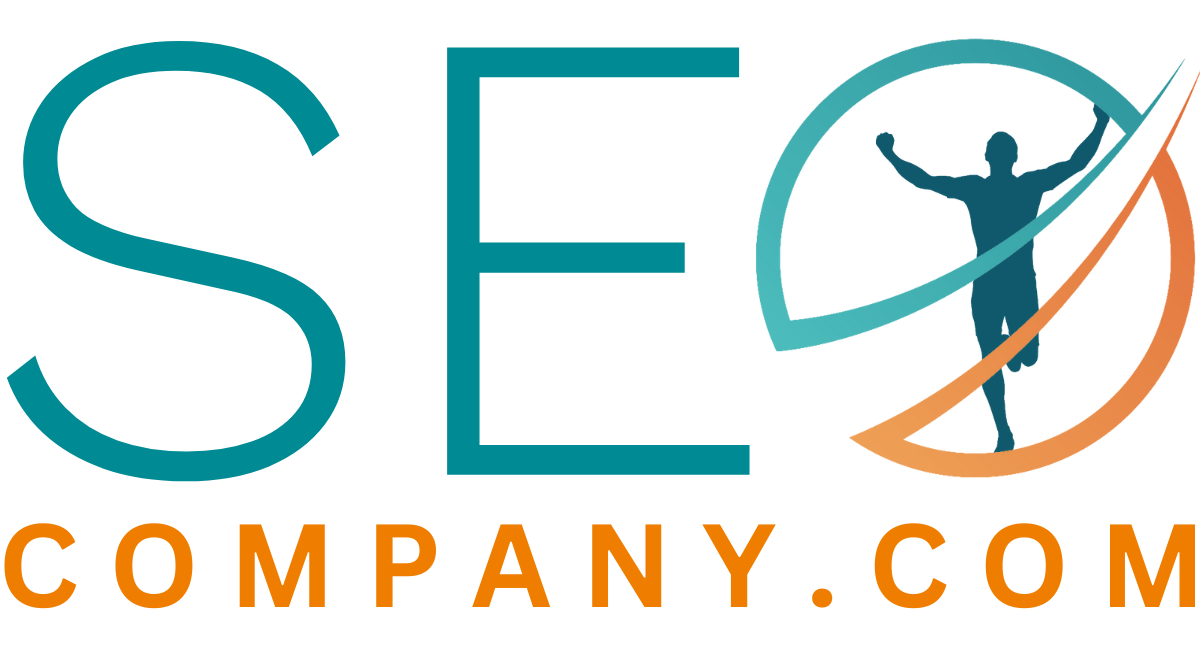What are Nofollow Links?
Nofollow is a value that can be added to the rel attribute of an HTML hyperlink. It tells search engines not to follow the link, meaning that the link does not contribute to the ranking of the page being linked to. The nofollow attribute is used to prevent search engines from passing PageRank to other sites. PageRank is a mathematical algorithm used by Google to determine the importance of a page. The more PageRank a page has, the higher it will appear in search engine results pages (SERPs).
Nofollow links are commonly used in situations where the website owner does not want to endorse the website being linked to. For example, links in user-generated content, such as comments, are often marked as nofollow to prevent spam. Nofollow links can also be used when linking to paid content or sponsored posts, as they indicate that the link is not an endorsement.
NoFollow Link Syntax
“nofollow” is an HTML attribute used to instruct search engine crawlers not to follow a specific hyperlink on a webpage. It is typically used for external links that the website owner doesn’t want to endorse or pass PageRank to.
The syntax for using nofollow is simply to add the attribute to the HTML tag of the hyperlink, like this:
<a href="https://example.com" rel="nofollow">Example</a>
In the above example, the “nofollow” attribute has been added to the anchor tag. This tells search engine bots not to follow the link to example.com.
Relationship and Importance to Web Design
Nofollow links do not directly impact web design, but they can be used in the design of a website. For example, when designing a comment section, it is important to mark the links in the comments as nofollow to prevent spam. Additionally, when designing a sponsored content section, it is important to mark the links as nofollow to comply with Google guidelines.
Relationship and Importance to Accessibility and User Experience
Nofollow links do not have a direct impact on accessibility or user experience. However, when designing a website, it is important to ensure that the use of nofollow links does not negatively impact user experience. For example, if a link is marked as nofollow, it may not be clear to the user that the link is not an endorsement. Therefore, it is important to clearly label nofollow links to prevent confusion and maintain user trust.
Relationship and Importance to Search Engine Optimization
Nofollow links are an important tool in the world of search engine optimization. When used correctly, they can help improve website rankings by preventing spammy link building techniques. Nofollow links can also be used to comply with Google guidelines, such as marking sponsored content as nofollow.
It is important to note that while nofollow links do not directly contribute to a website’s ranking, they can indirectly impact rankings. For example, if a website has a high number of nofollow links, it may be seen as less trustworthy by search engines, which could negatively impact its rankings.
Caution about Nofollow Links
It is important to use nofollow links correctly and in compliance with Google guidelines. Using nofollow links in a manipulative or spammy way is considered black hat SEO and can result in penalties or even the de-indexing of a website. When using nofollow links, it is important to label them clearly and only use them in situations where they are necessary, such as in user-generated content or sponsored content.
History and Usage of Nofollow Links
Nofollow links were introduced by Google in 2005 as a way to combat spammy link building techniques. The nofollow attribute was designed to provide website owners with a way to indicate to search engines that a link should not be considered an endorsement. The use of nofollow links quickly became widespread, and today, they are commonly used in many different situations.
Common Questions About Nofollow Links
- Do nofollow links affect website rankings?
Nofollow links do not directly affect website rankings, but they can indirectly impact rankings. When a website has a high number of nofollow links, it may be seen as less trustworthy by search engines, which could negatively impact its rankings. Additionally, nofollow links can be used to comply with Google guidelines, such as marking sponsored content as nofollow. - When should I use nofollow links?
Nofollow links should be used in situations where you do not want to endorse the website being linked to. For example, links in user-generated content, such as comments, are often marked as nofollow to prevent spam. Additionally, when linking to paid content or sponsored posts, it is important to mark the links as nofollow to comply with Google guidelines. - Is it okay to use nofollow links in all situations?
No, it is not necessary to use nofollow links in all situations. Nofollow links should only be used in situations where you do not want to endorse the website being linked to. For example, links in user-generated content or sponsored posts should be marked as nofollow, but links in editorial content do not need to be marked as nofollow. - Is using nofollow links considered black hat SEO?
No, using nofollow links correctly and in compliance with Google guidelines is not considered black hat SEO. However, using nofollow links in a manipulative or spammy way can result in penalties or even the de-indexing of a website.
Conclusion
Nofollow links are a valuable tool in the world of SEO, helping website owners prevent spammy link building techniques and comply with Google guidelines. While they do not directly contribute to a website’s ranking, they can indirectly impact rankings by indicating the trustworthiness of a website. It is important to use nofollow links correctly and in compliance with Google guidelines to avoid penalties or de-indexing. When use
